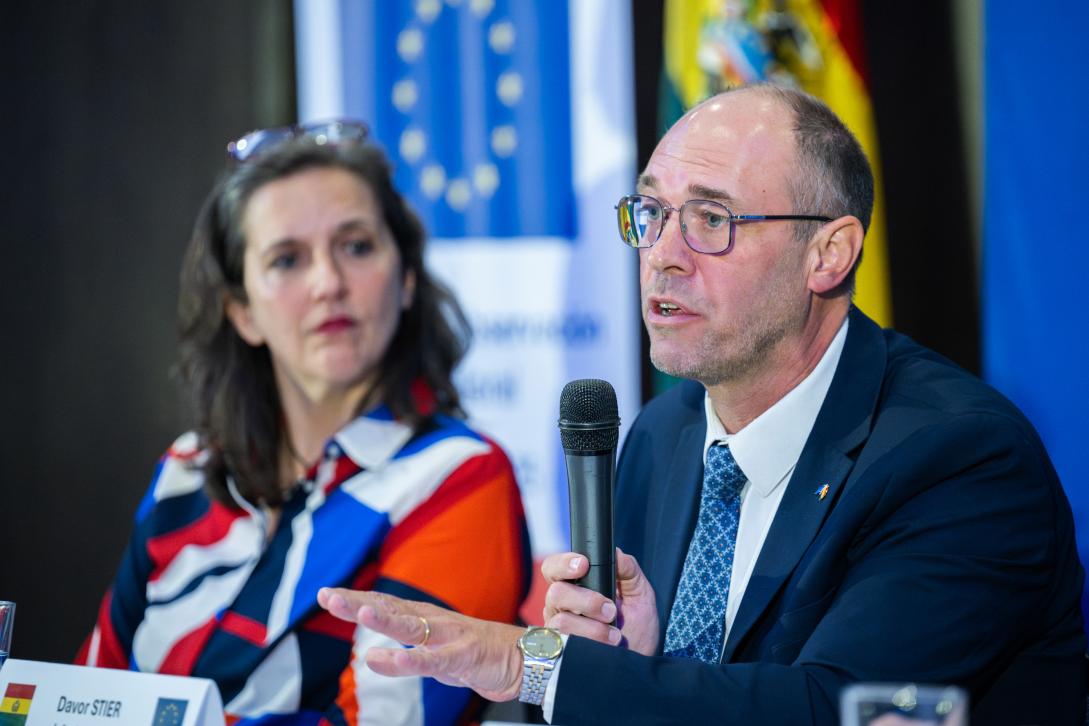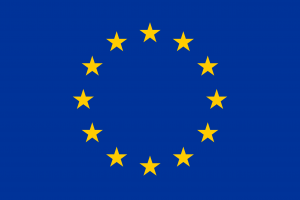Preliminary statement: Bolivia holds well-organised and competitive polls

Chief Observer Davor Stier said: “These elections were well-organised and the Bolivian people were able to express themselves freely at the polls. The large turnout of citizens was a good example of patriotism and civic mindedness. The SIREPRE functioned as it should, thus reinforcing confidence in the electoral process. August 17 was a very good day for democracy in Bolivia.”
For her part, the head of the European Parliament delegation, Annalisa Corrado, stated: “It has been an honour for us, MEPs from six European Union countries representing a broad political spectrum, to accompany Bolivia at such an important moment in its history and to observe the general elections held on August 17 in a largely peaceful and civic atmosphere with great enthusiasm from its population. We are convinced that this process will consolidate democracy, and we hope that it will bring greater social cohesion to this plurinational state. We are ready to observe the second round, in the hope that a constructive spirit for the good of the Bolivian people will be maintained throughout the next two months of the election campaign.”
Below are the preliminary conclusions of the Mission with respect to the different areas of observation:
Context
These elections followed political, institutional, and socioeconomic crises that both highlighted divisions in the ruling party and resulted in an almost paralysed legislature, petrol shortages, rampant inflation, and a currency crisis. A low-key campaign period grounded in respect of fundamental freedoms was followed by a well-organised election day.
Electoral Campaign
Fundamental freedoms were widely respected in the campaign, which was overall subdued and relied mainly on traditional methods such as door-to-door canvassing. Political debates were a distinctive feature of this electoral process, contributing positively to informing voters. Overall, candidates campaigned freely, except in a few specific areas.
Legal Framework
The legal electoral framework offered sufficient guarantees for the conduct of democratic elections. Nonetheless, certain regulatory gaps and implementation challenges remain. There is a weak political and campaign finance system, a need for stronger enforcement mechanisms to address political violence against women, and significant inconsistencies in the candidate registration process. In fact, the final candidate lists were published only one day before election day.
Election Administration
Election preparations were adequate and on time, despite significant logistical challenges arising from the country’s severe economic crisis, although a cross-section of interlocutors questioned the Supreme Electoral Tribunal’s (TSE) effective autonomy, noting limited safeguards against political pressure and citing Constitutional Court interventions in matters within the TSE’s remit. The TSE also faced a protracted leadership crisis, internal divisions, and, at times, transparency shortcomings in its operations. Nevertheless, the TSE’s acting president has managed to preserve independence and neutrality, thus contributing to public confidence.
Election Technology
Various technologies were incorporated in this electoral process, most notably for transmission of the preliminary results (SIREPRE) and for tabulation of the official results (SCORC). Despite widespread doubts among stakeholders, the TSE successfully implemented the preliminary results system and delivered timely results early on election night, confirming the holding of a second round of presidential elections.
Media
A pluralist, although polarised, media landscape provided access to a wide range of political opinions, although candidates’ capacity to afford paid electoral ads in the media was significantly uneven. Free airtime on public media, offered to all presidential candidates, rarely targeted peak hours on Bolivia TV, substantially limiting the audience. Equity was not consistently respected in terms of candidates’ coverage in news and other election programmes. Freedoms of expression and of the media were globally respected, except for some zones where journalists had limited access.
Social Media
Social media was a key element of political communication, with an online political arena driven by TikTok-era campaigning, uneven ad spending favouring some candidates, and increasingly sophisticated artificial intelligence-powered disinformation. In addition, the ruling party's campaign used public officials and state media to amplify its messages. Electoral disinformation included fake polls, alleged failures of the SIREPRE, and claims of results tampering. TSE social media monitoring, while grossly understaffed and with an inadequate regulatory framework, still managed to identify a significant number of cases relating to hate speech, disinformation, and other violations of online campaigning rules.
Political participation of women
Despite one of the highest proportions of women in parliament globally and a robust legal framework for women’s political participation, there are still enforcement challenges to combat political harassment and violence against women. The only woman running for the presidency withdrew her candidacy two weeks before the elections, citing among other things gender-based political violence.
Participation of Indigenous Minorities
Barriers to the political participation of indigenous minorities remained largely unaddressed. The Law on Political Organisations confines indigenous organisations’ direct participation to the subnational level, restricting what the Constitution permits for indigenous participation.
Domestic Observers
The presence of some 3,000 observers added to the transparency of the process; Observa Bolivia deployed some 1,200 observers nationwide and Observación Ciudadana de la Democracia deployed 700 observers. The Office of the Ombudsperson also deployed 900 monitors. In addition to the EU EOM, other international groups included the Organisation of American States (OAS).
Election Day
Election day was peaceful, orderly, and well-organised. There were isolated incidents, but these did not affect the smooth functioning of the polls. The EU EOM observed voting in 422 polling stations across 45 provinces in all nine departments. Opening and voting were positively assessed in nearly all cases, with procedures described as efficient, and the secrecy of the vote ensured in the vast majority of observations. Counting was observed in 53 polling stations and was generally transparent, swift, and efficient, though occasionally rushed. The transmission of preliminary results was smooth and without technical problems, with over 90 per cent of results processed and published online by 21:00. EU observers are following the final results tabulation at the departmental level, and the TSE is improving transparency by publishing scanned results online.
The EU EOM will publish a final report with its definitive observation conclusions once the electoral process has concluded.
The full preliminary statement can be found in the following PDF file:
